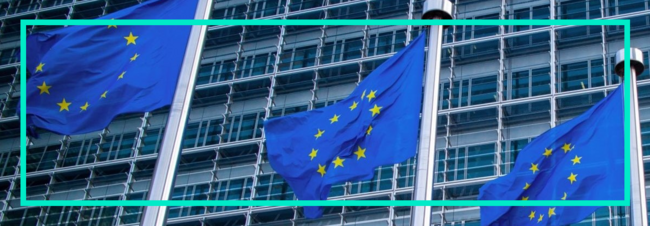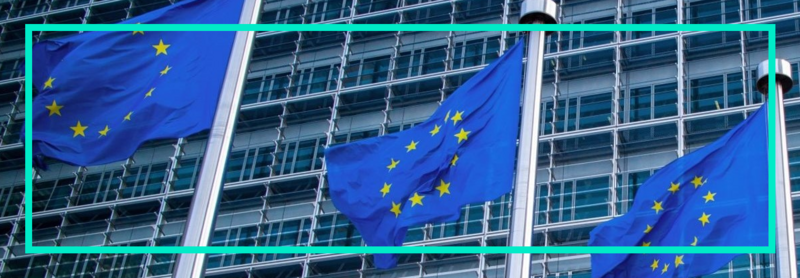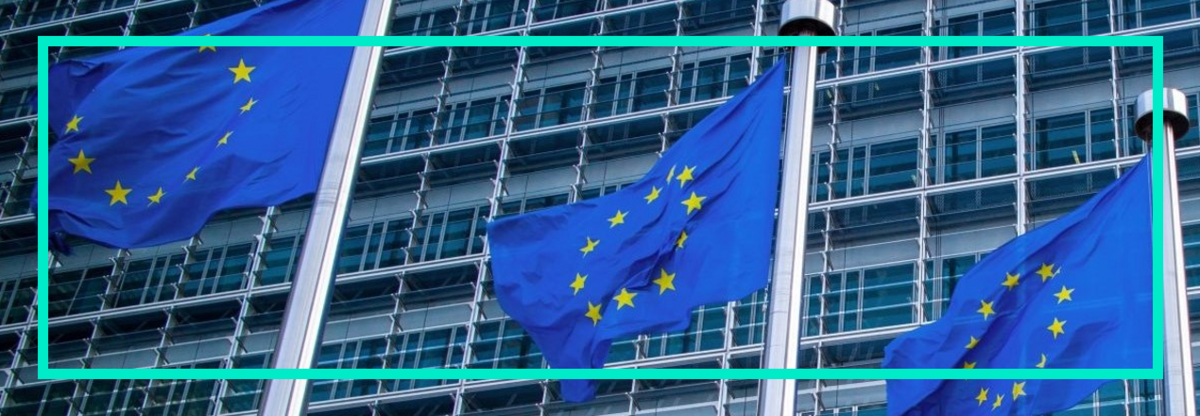The EU AI Act has been passed! Following the EU Parliament, the EU member states have also approved the law on regulating artificial intelligence. The aim: to make the use of AI safer in the European Union. With the passing of the law, companies will be affected by stricter regulations in the future. For example, the AI Act classifies AI applications into four different risk classes, each with different requirements and obligations. This means that the higher the potential risk associated with the use of an AI system, the more extensive the associated requirements. What you need to know in a nutshell.
Here are some key points:
-
High-Risk Requirements: The Act mandates strict requirements for high-risk AI systems, including data management, transparency, robustness, human oversight, technical documentation, and safety standards.
-
Notified Bodies: Independent bodies will assess the conformity of high-risk AI systems with the Act’s standards.
-
Penalties for Non-Compliance: Non-compliance can result in fines and activity suspensions, stressing the importance of adhering to the Act.
-
Minimal Risk Exemption: AI systems with minimal risk are exempt from conformity assessments, reducing administrative burdens while maintaining legal compliance.



